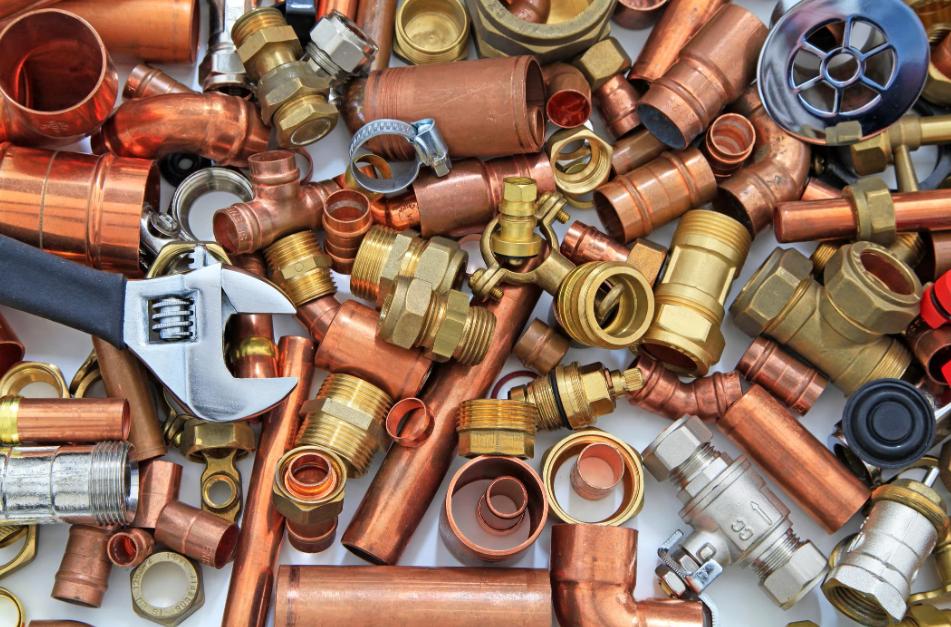A Guide to Different Types of Industrial Plumbing Fittings and Their Uses
When it comes to the backbone of industrial infrastructure, plumbing systems play an integral role. Industrial plumbing fittings are the crucial components that ensure the integrity and functionality of these systems. As an expert with years of experience in the plumbing industry, I’m here to guide you through the labyrinth of fittings available in the market. In this post, you’ll learn about the various types of industrial plumbing fittings, how they’re used across different sectors, and what to consider when selecting them for your projects.
Types of Industrial Plumbing Fittings
Industrial plumbing fittings are specialized connectors or devices designed to join sections of pipes, tubes, or other equipment in plumbing systems. They are essential for managing fluid flow—be it water, gases, chemicals, or waste. Fittings vary based on shape, size, material, and functionality.
In the first 100 words of this section, let’s dive into the categorization of these fittings. Generally, industrial plumbing fittings fall into several categories:
Elbows – They change the direction of the flow. Examples include 45-degree and 90-degree elbows.
Tees – These fittings have a T-shape, connecting three pieces, and are often used to split or combine the flow.
Couplings and Adapters – Employed to connect two pipes or adapt different sizes or types of pipes.
Unions and Flanges – Unions are used to join pipes while allowing for disconnection without cutting, whereas flanges are plates or rings to form a rim at the end of a pipe when connected to another pipe.
Valves – They regulate, direct, or control the flow of a fluid by opening, closing, or partially obstructing passageways.
Uses and Applications of Industrial Plumbing Fittings
The versatility of industrial plumbing fittings means they find applications in numerous industries, from manufacturing to waste management. For instance, in the pharmaceutical industry, stainless steel fittings are preferred for their resistance to corrosion and ease of sanitization. Consider the power plants where high-pressure fittings are essential for handling steam and water distribution.
Factors to Consider When Choosing Industrial Plumbing Fittings
Selecting the right fitting isn’t a one-size-fits-all scenario. Key considerations should include:
Material Compatibility: The material must be compatible with the fluid being carried to prevent corrosion and ensure longevity.
Pressure and Temperature Ratings: Ensure the fittings can withstand the system’s operating ranges.
Size and Specifications: Accuracy here is vital to ensure a secure fit and avoid leaks.
Standards and Quality Assurance: Opt for fittings that meet international standards and quality certifications.
Applying the right knowledge and due diligence can substantially reduce maintenance costs and prevent system failures.
We’ve navigated the complex world of industrial plumbing fittings, highlighting their diversity and essential role in various industrial applications. It’s my hope that this post has armed you with the necessary insights to make informed decisions regarding your industrial plumbing supply needs.
I invite you to leave comments, share your experiences, or ask questions below. Your feedback is not only welcome but also vital to fostering a knowledgeable community around this critical topic.

